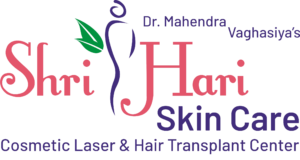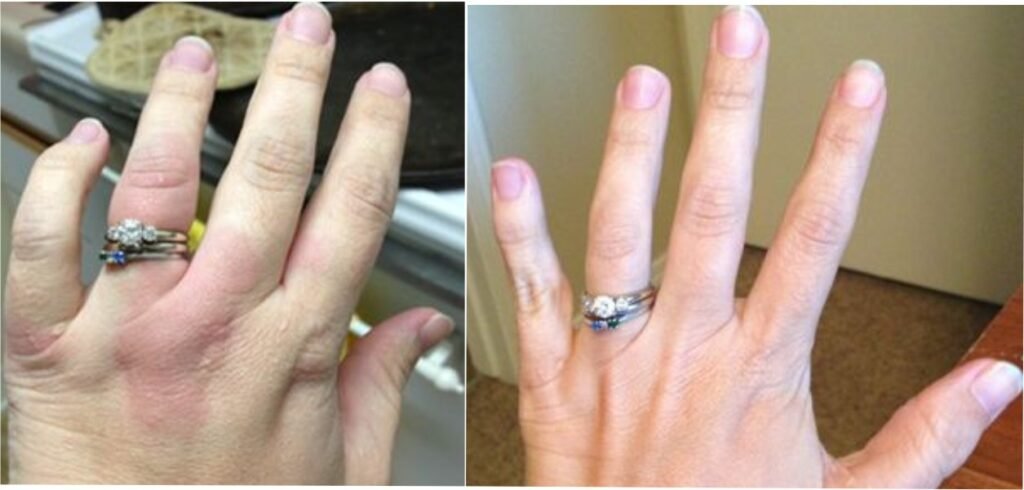
URTICARIA
WHAT IS URTICARIA
Urticaria are raised red bumps (welts) or splotches on the skin. They are a type of swelling on the surface of your skin. They happen when your body has an allergic reaction to an allergen, a substance that’s harmless to most people. But can also occur in autoimmune conditions or systemic conditions, if urticaria last for a prolonged period of time, it may be itchy, or you might feel them burning or stinging. They can be as small as a pinprick or as big as a dinner plate. Sometimes, the welts from urticaria join together to form larger areas called plaques. Urticaria tend to fade within 24 hours, although they may be noticeable for several days or longer.
URTICARIA SYMPTOMS?
Swellings, known as wheals, appear as a rash on the skin. They are usually pink or red, with an oval or round shape. They can range from a few millimeters to several inches across. They can be extremely itchy, and they have a red flare around them. The wheals usually occur in batches, frequently on the face or the extremities, including the arms, hands, fingers, legs, feet, and toes. Welts normally disappear within 24 hours, but new ones may form. They can appear on just one part of the body, or on several parts. In some cases, urticaria can continue for several days. People with chronic urticaria can have symptoms for months or years.
- Red, raised welts or bumps on the skin.
- Blanching (the center of the urticaria turns white when pressed).
- Itchy skin.
- Swelling (angioedema).
CAUSES OF URTICARIA
Urticaria occurs when the body reacts to an allergen and releases histamine and other chemicals from under the surface of the skin. The histamine and chemicals cause inflammation and fluid to accumulate under the skin, causing wheals.
- Airborne allergens like tree and grass pollen, mold spores and pet dander.
- Bacterial infections, such as strep throat and urinary tract infections.
- Food allergies to milk, peanuts and tree nuts, eggs, fish and shellfish.
- Insect stings.
- Medication allergies, including non-steroidal anti-inflammatory drugs (NSAIDs), codeine and blood pressure medicine, especially ACE inhibitors.
- Quick changes in body temperature due to heat, cold or physical activity.
- some chemicals, latex, pollen
- Hormonal issues, like changes in your body because of pregnancy, menopause or thyroid disease.
- Autoimmune conditions.
TREATMENTS
Treatment for acute urticaria includes non-sedating antihistamines taken regularly for several weeks. Patients with angioedema may need to see an allergist, an immunologist, or a dermatologist. Angioedema can cause potentially serious breathing difficulties.
- Allergy medications
- Allergy shots
Make an Appointment
For appointment or any question contact us to make an appointment with Surat leading dermatologist Dr Mahendra Vaghasiya. Equipped with many years of experience in treating URTICARIA patients, he will evaluate your individual skin condition and discuss the treatment options with you. You may also send an email by filling Enquiry form at https://shrihariskin.com/contact and our team will respond to your questions or appointment request as soon as possible.


